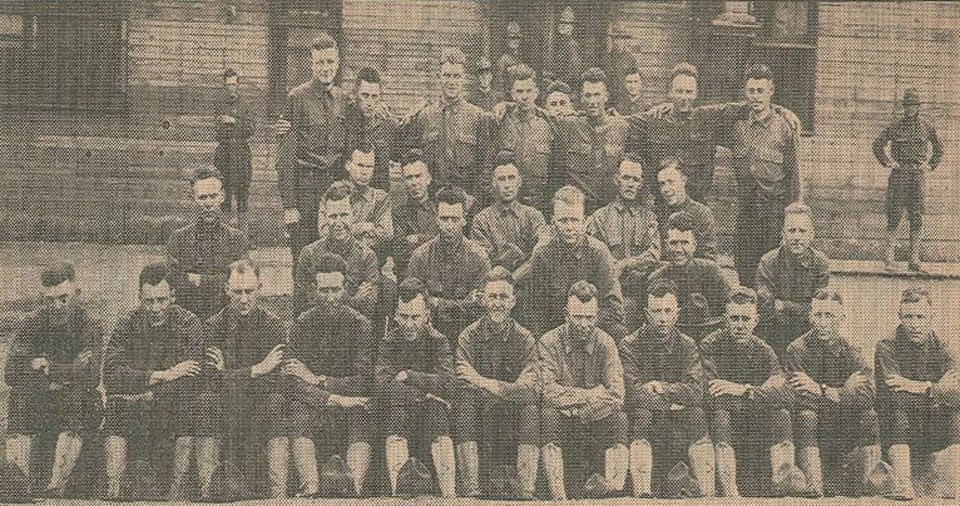Last updated: April 18, 2020
Article
Camp Sherman, Ohio's WWI Soldier Factory
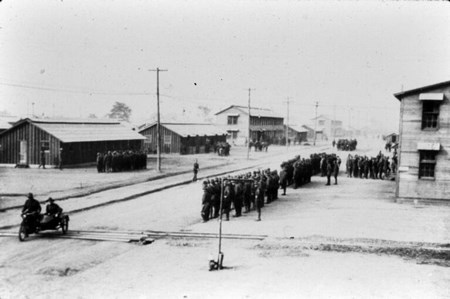
NPS Photo
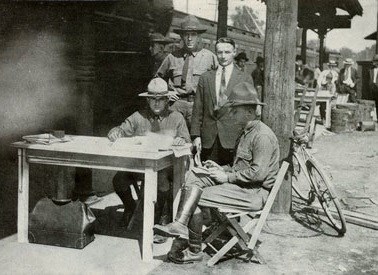
NPS Photo
Doughboys in Chillicothe
On September 5th, 1917, the first draftees arrived at Camp Sherman to begin their makeover from civilian to "Doughboys." U.S. soldiers during WW1 were often referred to as "Doughboys." The exact origins of the name are unclear, but it is believed to have originated as early as the U.S.'s involvement in the Mexican-American war in the mid-1800's. Soldiers may have picked up the name based on a type of baked doughy flour/rice concoction that they prepared and consumed. Another theory opines that it derives from the look soldiers had after marching through the Mexican desert in which dust would cling to their uniforms and give them an appearance similar to that of adobe buildings. Initially, the term was used in a disparaging way to describe soldiers of the infantry. However, upon U.S. entry into WWI, it became a term of endearment that reflected favorably on all U.S. soldiers.
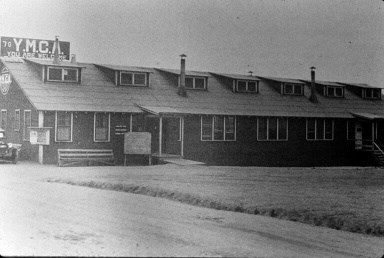
NPS Photo
With the influx of personnel, Chillicothe's population grew almost overnight from 16,000 to 60,000. As a result, Chillicothe added personnel to their police departments, businesses that would provide goods and services for the cantonment also hired additional people to keep up with the demand that the camp brought. Within the confines of Camp Sherman, numerous buildings were erected to tend to the needs of the new soldiers. A camp library was built and provided an array of books from fiction to technical trade skills. Unlike many places on the cantonment, and in society in general, the camp library was a place where all were welcome to come and relax, regardless of their color. There were 11 YMCA's built for the soldiers across the camp grounds which provided food and entertainment. While there was one YMCA constructed specifically for the African American soldiers, all YMCA's were open to everyone, regardless of color. Theaters were also constructed on base to provide much-needed acting entertainment to the troops. A Prisoner of War detention facility housed hundreds of German soldiers captured during the war. Most arrived to Camp Sherman in July and November of 1918, just a few months and days before the end of the war on November 11th, 1918. Even though the war was over by the end of 1918, these German soldiers were still held as POW's until their release in September of 1919.
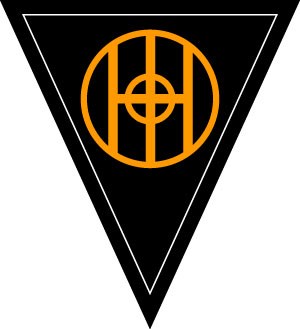
Organizing for War
Over one hundred and twenty thousand men would pass through the gates of Camp Sherman by the time of its decommissioning in 1921. It was home to two divisions of the Army, the 83rd and the 95th Divisions. Under the command of Major General Edwin Glenn, the 83rd Division would be the first to ship out to Europe, leaving Camp Sherman on June 5th, 1918 and arriving in Europe on June 19th, 1918. The 83rd Division would become known as the Sherman Bayonet Division. The last full division to train at Camp Sherman, the 95th, never did receive their extensive war training due to the end of hostilities in late 1918. As a result, the 95th was demobilized in December of 1918. Parts of the 84th Division would reside at Camp Sherman as well. Some units of the 84th were sent from Camp Taylor, Kentucky to finish their training at Camp Sherman and then reunited with the rest of the division in Europe. After the war, some division units of the 84th were also demobilized at Camp Sherman throughout the first half of 1919. A few regiments of African-American soldiers would be trained at Camp Sherman as well. The 317th Engineers Regiment, 317th Engineers Train and the 325th Field Signal Battalion were organized and trained at Camp Sherman before shipping out to join the 92nd Division in France. The all African-American 813th Pioneer Infantry regiment was also organized and trained at Camp Sherman and would wind up with the U.S. Second Army in France in 1918.
To learn more about the intriguing story of Chillicothe's short-lived Army cantonment, visit Hopewell Culture National Historical Park's Camp Sherman webpage. There you'll read about how the area was transformed into Ohio's WWI soldier factory, what went on at Camp Sherman during its existence and how part of the land of Camp Sherman would become home to Hopewell Culture National Historical Park.

